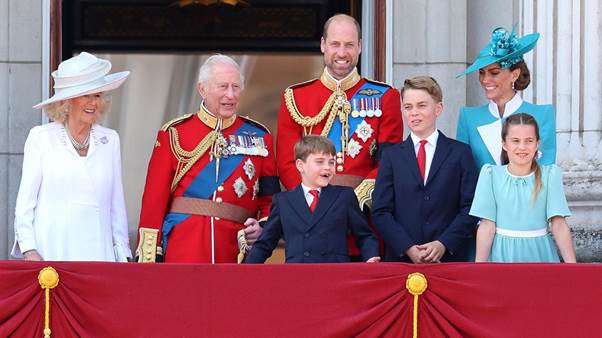When people hear the word royalty, they often think of fairy tales, castles, and traditions. But in today’s world, many royal families are not just symbolic figures—they are among the wealthiest dynasties on the planet. Their fortunes are not measured in millions but in billions, and in some cases, even trillions of dollars.
Unlike entrepreneurs who build wealth from companies or innovations, royal dynasties usually benefit from a mix of historic landholdings, state resources, natural resources like oil and gas, sovereign wealth funds, and global investments. This makes their fortunes incredibly diverse and, in many cases, almost untouchable.
Below is a detailed look at the richest royal families in the world as of 2025. We’ll explore not only their estimated net worth but also how they built and maintain their wealth, their lavish lifestyles, and their influence in global affairs.
10. House of Alaouite (Morocco) – $8.2 Billion
The Moroccan royal family, known as the Alaouite dynasty, traces its rule back to the 1600s. They claim direct descent from the Prophet Muhammad, giving them both religious and political authority in the region.
- Head of the family: King Mohammed VI, who has ruled since 1999.
- Wealth sources:
- Al Mada, the royal investment holding company with stakes in mining, banking, telecoms, and retail.
- Vast tracts of land, palaces, and agricultural assets.
- Lifestyle: The Alaouites live in luxury, with residences in Rabat, Marrakech, and Fez, along with fleets of cars and private planes.
Though Morocco lacks the oil reserves of Gulf nations, its phosphate industry and expanding investments in Africa ensure that the Alaouites remain one of the wealthiest royal dynasties in the region.
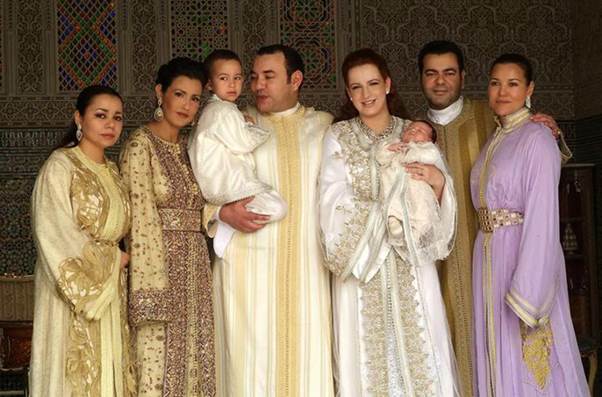
9. House of Liechtenstein (Liechtenstein) – $9 Billion
Liechtenstein is a tiny European principality, but its rulers are anything but small players in global finance.
- Head of the family: Prince Hans-Adam II, who still wields influence while his son Alois serves as regent.
- Main source of wealth: The family owns LGT Group, a private banking powerhouse managing more than $300 billion in assets. While the deposits belong to clients, the profits enrich the royal household.
- Additional assets:
- Agricultural lands in Austria
- One of Europe’s most valuable art collections, displayed in Vienna palaces
- Unique factor: Unlike many monarchies, the Liechtenstein family often uses personal wealth to support state projects rather than relying on taxpayers.
This blend of old-world aristocracy and modern financial acumen has kept the family’s fortune strong.
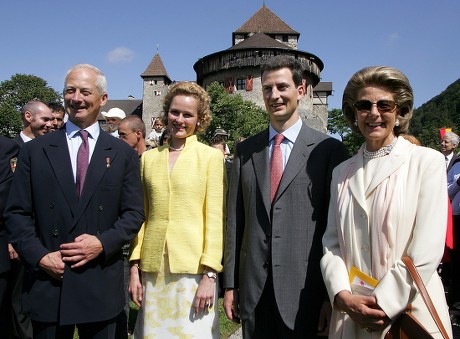
8. House of Al Maktoum (Dubai, UAE) – $18 Billion
The Al Maktoum family transformed Dubai from a desert outpost into a global hub of trade, tourism, and luxury.
- Head of the family: Sheikh Mohammed bin Rashid Al Maktoum, Vice President and Prime Minister of the UAE, and ruler of Dubai.
- Wealth sources:
- Government-owned companies such as Emirates Airlines, DP World, and Dubai World.
- Real estate projects, including some of the world’s most iconic developments.
- Lifestyle:
- Palaces, private islands, and luxury stables.
- A love of horse racing, with Sheikh Mohammed founding the Godolphin stable and the Dubai World Cup.
- Family ties: With at least 26 children from multiple wives, the Al Maktoums’ marriages often intertwine with other Gulf dynasties, strengthening political alliances.
Dubai’s fortune is built less on oil and more on strategic diversification, making the Al Maktoums uniquely resilient.
7. House of Bolkiah (Brunei) – $30 Billion
Brunei’s Sultan Hassanal Bolkiah has ruled since 1967 and is synonymous with royal extravagance.
- Sources of wealth: Brunei’s oil and gas reserves, which provide the foundation of the family’s fortune.
- Extravagant lifestyle:
- A legendary car collection of more than 7,000 vehicles, including hundreds of Rolls-Royces.
- Istana Nurul Iman, the world’s largest royal palace, with nearly 1,800 rooms.
- A personal Boeing 747 jet.
- Global investments: Through the Brunei Investment Agency, the family owns assets worldwide, including luxury hotels such as the Dorchester Collection.
The Bolkiah dynasty represents one of the last absolute monarchies in the world, where state and family wealth are deeply intertwined.
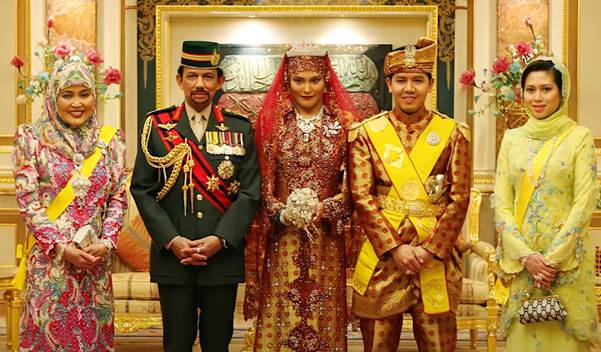
6. House of Chakri (Thailand) – $60 Billion
Thailand’s Chakri dynasty combines tradition, religion, and massive financial influence.
- Head of the family: King Vajiralongkorn, who assumed control of the throne and centralized royal wealth in recent years.
- Wealth sources:
- The Crown Property Bureau (CPB), which manages huge tracts of land in Bangkok and stakes in leading companies such as Siam Cement and Siam Commercial Bank.
- Lifestyle:
- Opulent palaces, priceless regalia, and cultural treasures.
- Private aircraft and residences abroad, particularly in Germany.
Despite criticism over transparency, strict lèse-majesté laws in Thailand prevent significant scrutiny of the royal fortune.

5. House of Windsor (United Kingdom) – $88 Billion
Perhaps the most famous royal family in the world, the Windsors represent a blend of tradition and celebrity status.
- Head of the family: King Charles III, with Prince William next in line.
- Sources of wealth:
- The Crown Estate, worth around £15 billion.
- Duchies of Lancaster and Cornwall.
- Private estates such as Balmoral and Sandringham.
- Income: The Sovereign Grant, funded through Crown Estate profits, covers official duties.
- Lifestyle: While less extravagant than Gulf royals, the Windsors maintain luxury through historic palaces, vast estates, and international recognition.
Their fortune is heavily tied to assets that cannot be sold but continue to generate steady income.
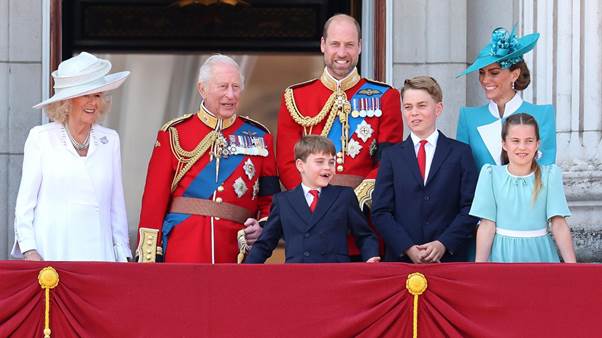
4. House of Al Nahyan (Abu Dhabi, UAE) – $300+ Billion
The Al Nahyan family rules Abu Dhabi, the oil-rich capital of the UAE.
- Head of the family: Sheikh Mohammed bin Zayed (MBZ), the President of the UAE.
- Wealth sources:
- Control over the Abu Dhabi Investment Authority (ADIA), managing around $790 billion in assets.
- Oil revenues and global investment portfolios.
- High-profile ventures: Sheikh Mansour bin Zayed owns Manchester City FC, a symbol of the family’s growing soft power.
- Lifestyle: Palaces, yachts, and high-profile luxury holdings such as the Emirates Palace Hotel.
Their fortune continues to expand through both oil profits and diversified international investments.

3. House of Al Thani (Qatar) – $335 Billion
The rulers of Qatar, the Al Thani family, turned their small desert state into a global economic powerhouse.
- Head of the family: Sheikh Tamim bin Hamad Al Thani.
- Wealth sources:
- The Qatar Investment Authority (QIA), managing more than $450 billion.
- The world’s third-largest natural gas reserves.
- Notable assets: Harrods department store, The Shard skyscraper in London, stakes in Volkswagen, and ownership of Paris Saint-Germain FC.
- Soft power influence: Through Al Jazeera and major sporting events like the FIFA World Cup.
The Al Thanis ensure long-term prosperity by reinvesting gas revenues into global industries.
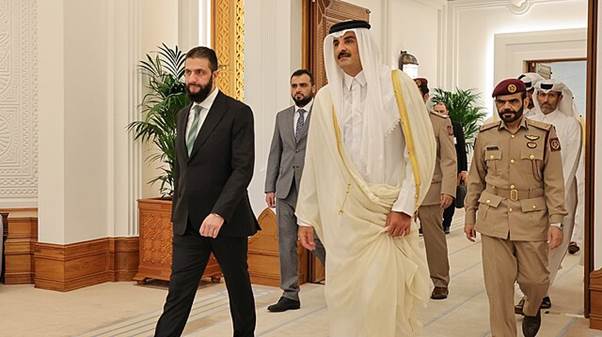
2. House of Al Sabah (Kuwait) – $360 Billion
Kuwait’s Al Sabah family ranks among the richest thanks to generations of oil revenues and careful wealth management.
- Head of the family: Emir Sheikh Mishal Al-Ahmad Al-Jaber Al-Sabah.
- Wealth sources:
- The Kuwait Investment Authority (KIA), one of the oldest sovereign wealth funds, with assets exceeding $700 billion.
- Oil revenues and international market investments.
- Lifestyle: Private jets, luxury estates, and significant real estate holdings worldwide.
Though not as flashy as some of their Gulf peers, the Al Sabahs focus on financial stability and sustainability.

1. House of Saud (Saudi Arabia) – $1.4 Trillion
At the very top of the list is Saudi Arabia’s House of Saud, whose wealth is almost beyond comprehension.
- Head of the family: King Salman bin Abdulaziz Al Saud, with Crown Prince Mohammed bin Salman (MBS) effectively running day-to-day governance.
- Wealth sources:
- Oil revenues via Saudi Aramco, the most valuable company in the world.
- The Public Investment Fund (PIF), with more than $600 billion in global investments.
- Notable assets: Stakes in Uber, Lucid Motors, and the purchase of Newcastle United FC.
- Lifestyle: Palaces, fleets of private jets, mega-yachts worth hundreds of millions, and priceless collections of jewels and artwork.
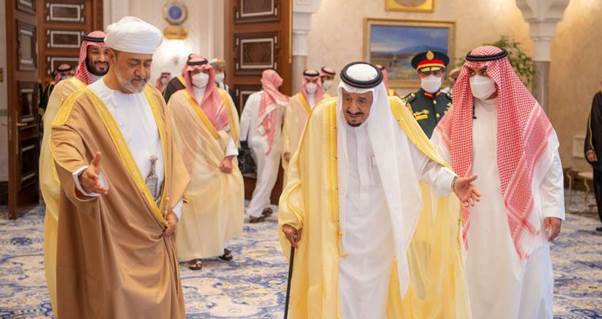
With thousands of family members, the House of Saud’s fortune is spread wide but remains unmatched globally.
Royal families continue to command immense wealth and power in 2025. While European monarchies like Britain’s Windsors remain influential, it is the Gulf dynasties that dominate the world stage financially. Their fortunes, built on oil and gas but sustained through global investments, ensure that their wealth will last for generations.
From Morocco’s Alaouites to Saudi Arabia’s trillion-dollar House of Saud, these families are living proof that royalty and riches remain deeply intertwined in today’s world.

